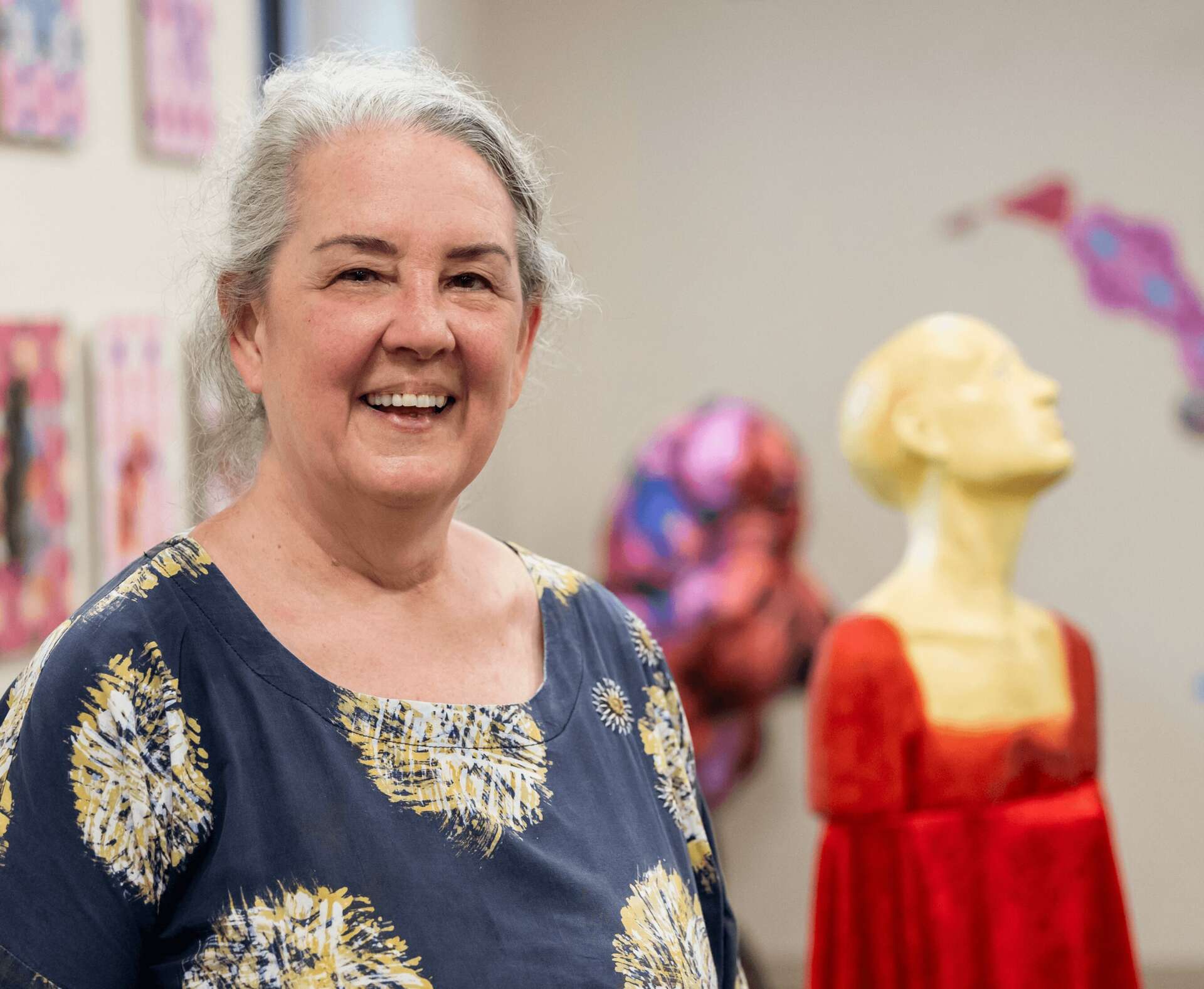We caught up with the brilliant and insightful Carolyn Wirth a few weeks ago and have shared our conversation below.
Carolyn, thanks for joining us, excited to have you contributing your stories and insights. Do you wish you had waited to pursue your creative career or do you wish you had started sooner?
Although I always knew that I wanted to be an artist, and especially a sculptor, my family–second-generation immigrants–discouraged me and thought I wouldn’t make a living. While this is true in some ways–I have neer made 100% of my income from selling my artwork–it took me many years to find a way to make artwork while I supported myself by working at other jobs. Honestly it also took me some time to come to terms with myself as an artist and gather the confidence I needed to even just utter the answer, “I’m a sculptor” when people asked what I did.
But–and this never fails to strike me as hilarious–now that I’m at an age when many of my friends are starting to retire, I feel like I’m just hitting my stride. I work with a group of artists in a multi-generational collective, and they have taught me so much about digital art and especially augmented reality that I can’t wait to get started on my next project, which will be a combination of physical sculpture and AR.

Carolyn, love having you share your insights with us. Before we ask you more questions, maybe you can take a moment to introduce yourself to our readers who might have missed our earlier conversations?
Since I’ve always been interested in representational sculpture–even if what I am representing is a creature that’s totally imaginary–I spent a lot of my early training in studying anatomy and doing as much figure drawing as I could. I enjoy working from the model and know the structure of the skeleton and major muscle systems mostly from memory. This is incredibly important when I’m sketching ideas or even beginning to just conceptualize a piece.
Some of my favorite projects to work on have been public sculptures that allow viewers and visitors to participate in or experience the piece directly. For example I did a sculpture of a child reading for a nearby public library. The bronze child is seated on a granite bench and holds a large picture book. There’s room on the bench for people to sit next to the sculpture, and the granite company installed other benches nearby to form a kind of reading garden. I love the fact that people put hats on the sculpture, even big knitted hats in the wintertime. Right now I’m doing a sculpture for a client whose property is on a busy main street. Although the property itself is private, the client wishes that the sculpture be kind of public. The piece is to be installed at the edge of the sidewalk next to a low stone wall that people are meant to sit on, with a Little Free Library nearby. My sculpture often commemorates life’s quieter, more thoughtful moments–reading, meditating, even singing or looking out the window.
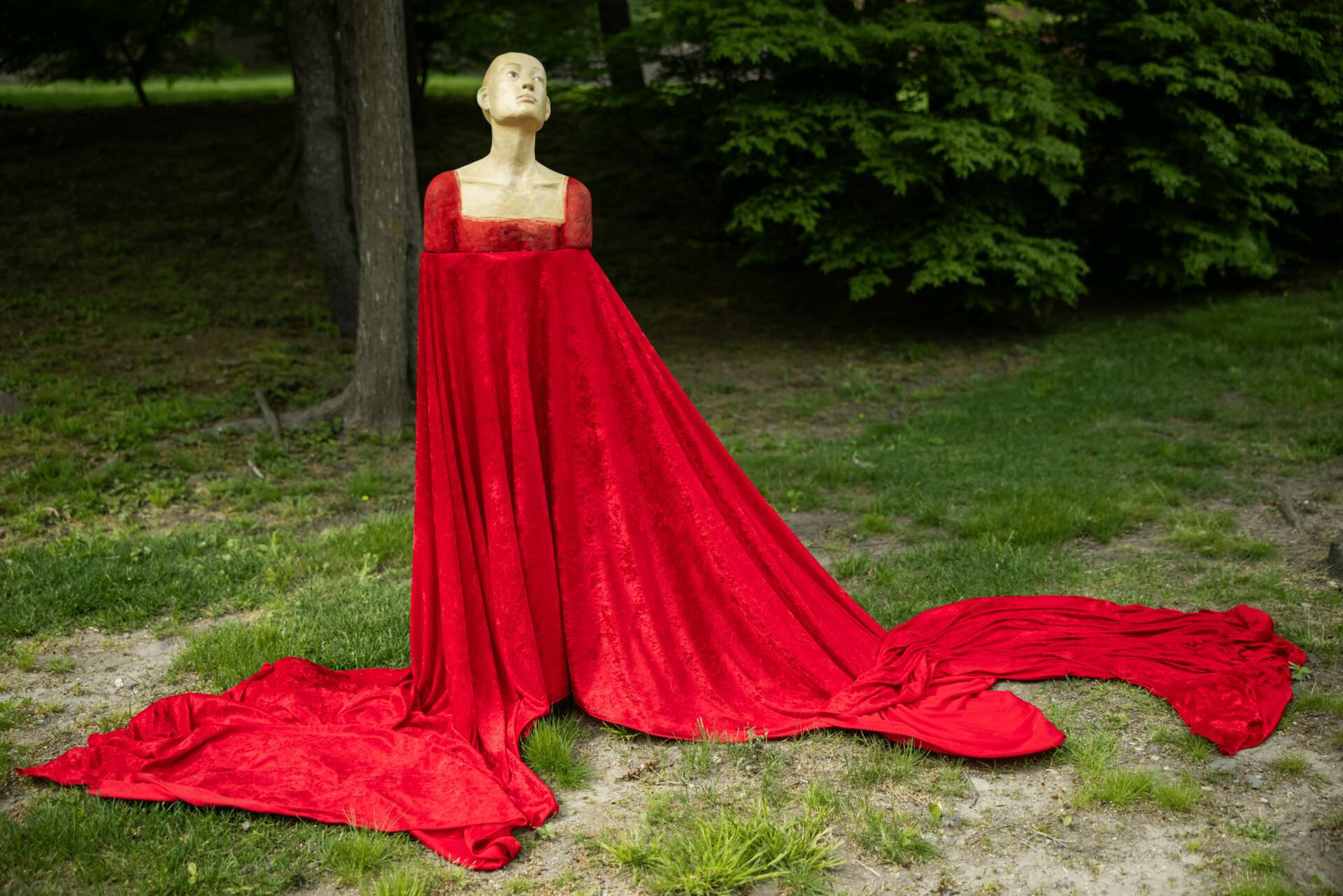
Is there something you think non-creatives will struggle to understand about your journey as a creative? Maybe you can provide some insight – you never know who might benefit from the enlightenment.
My journey as a creative artist was never straightforward, was filled with pitfalls and tentative starts, and took a long time to engage in. I don’t think that every artist is like this, but it’s important for people to know that there are many fewer templates for success in fine art than in other professions, many fewer guideposts. An artist of my generation really had to find their own way. Of course it’s valuable to get a degree from an art school, but one of my most successful sculptor friends never went to art school and instead traveled around Europe, drawing as he went. What’s important in the end is your portfolio, however you get there, and there aren’t really any shortcuts or absolute rules. Of course you also have to be able to market yourself, as any small business person would, but in the art world personal connections are really everything. So maybe it looks like artists are frivolously going to parties and openings a lot, but it’s all networking. I actually used to find openings and things excruciating, so it took a lot of practice for me–a classic introvert–to figure out how to make social connections. And that’s where I get my sales–word of mouth. One of the comments I get most is “you have such a fun job!!” but like any other career it’s a huge amount of work.
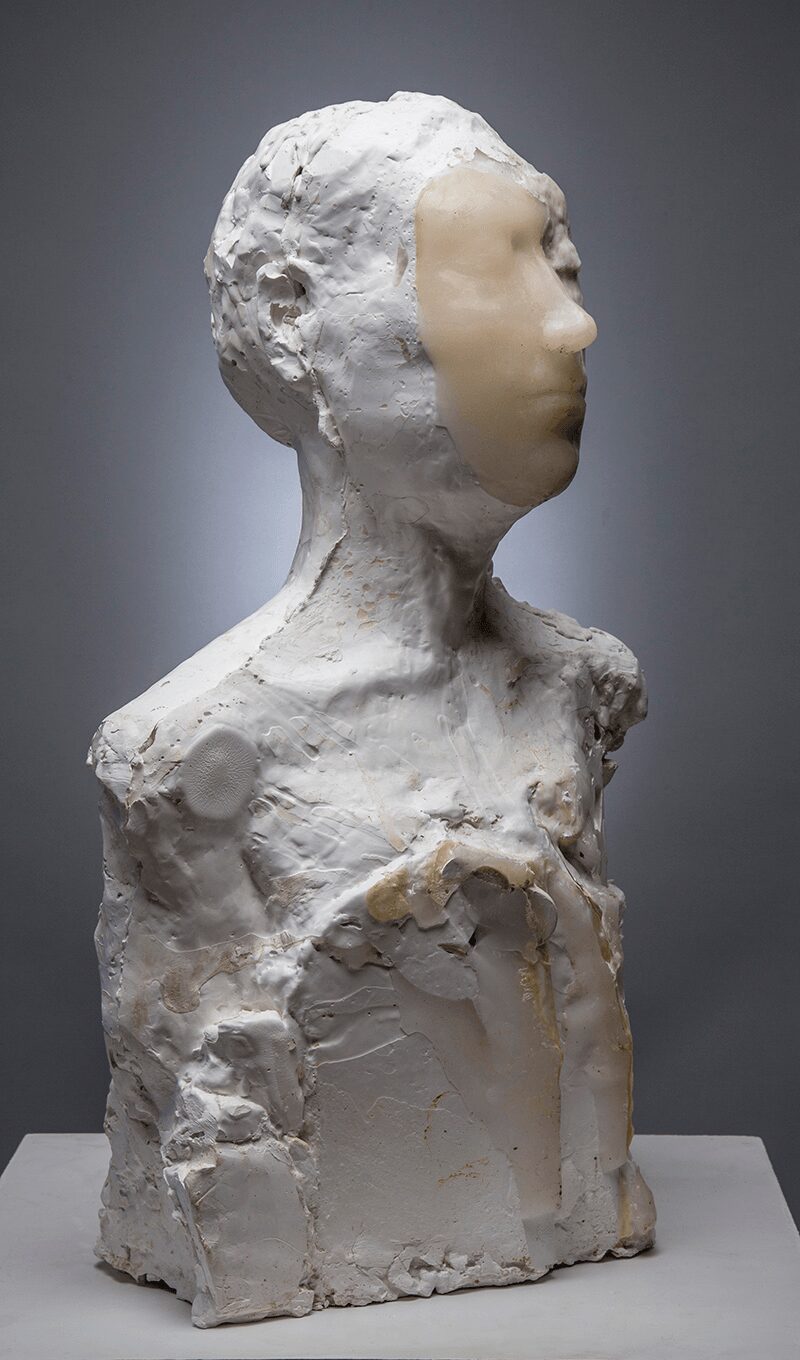
Looking back, are there any resources you wish you knew about earlier in your creative journey?
I wish I had known how to take better photographs. When I first started out, I spent a fortune on photographers for slides and 8x10s of my work. But I gradually got better at taking good images. Now I love my iPhone–it’s such a help and a timesaver to have my portfolio available digitally. But you still need good light to make a good image and luckily I learned the basics along the way.
Contact Info:
- Website: https://www.carolynwirth.com
- Instagram: wirthcarolyn
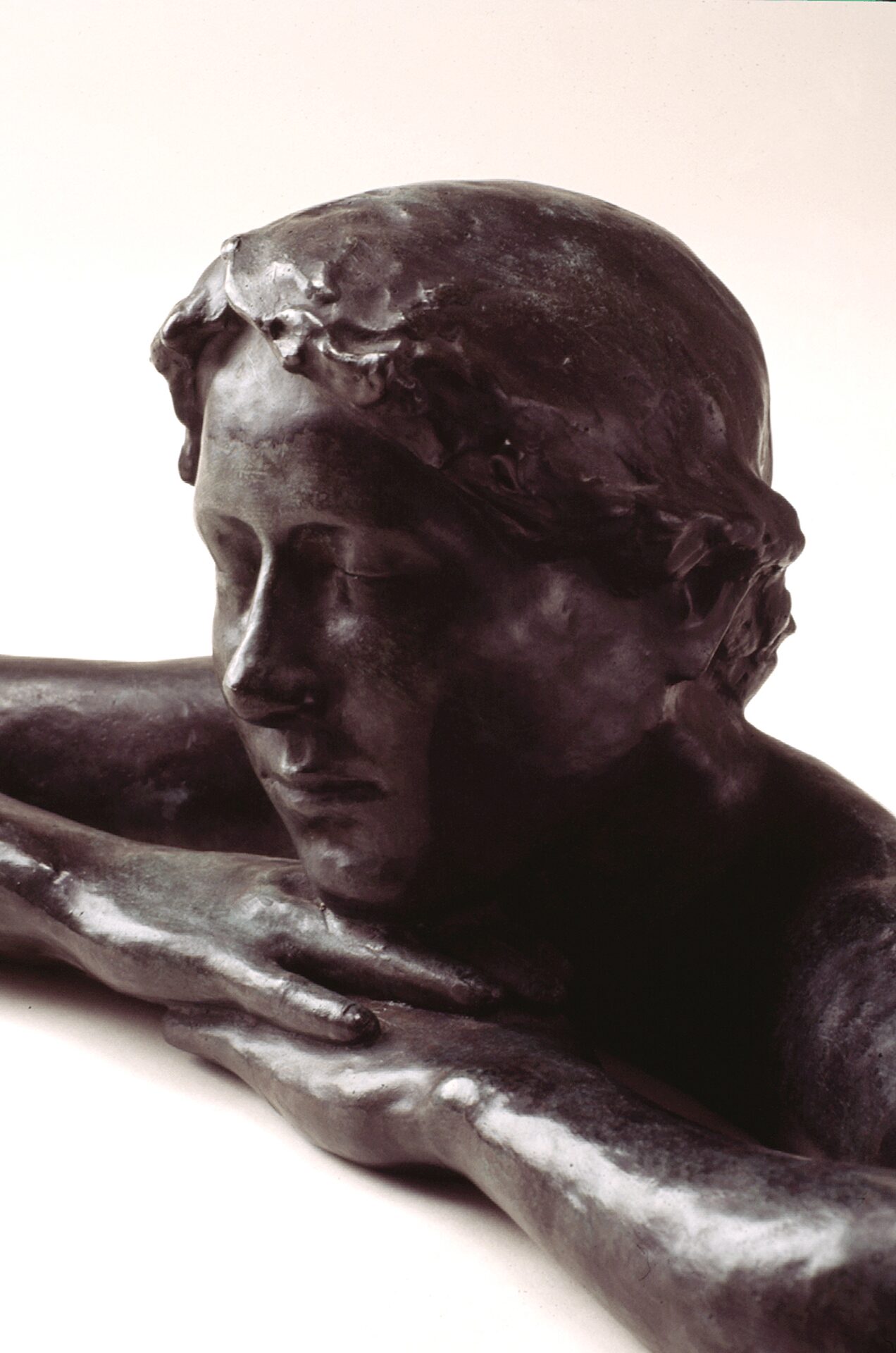

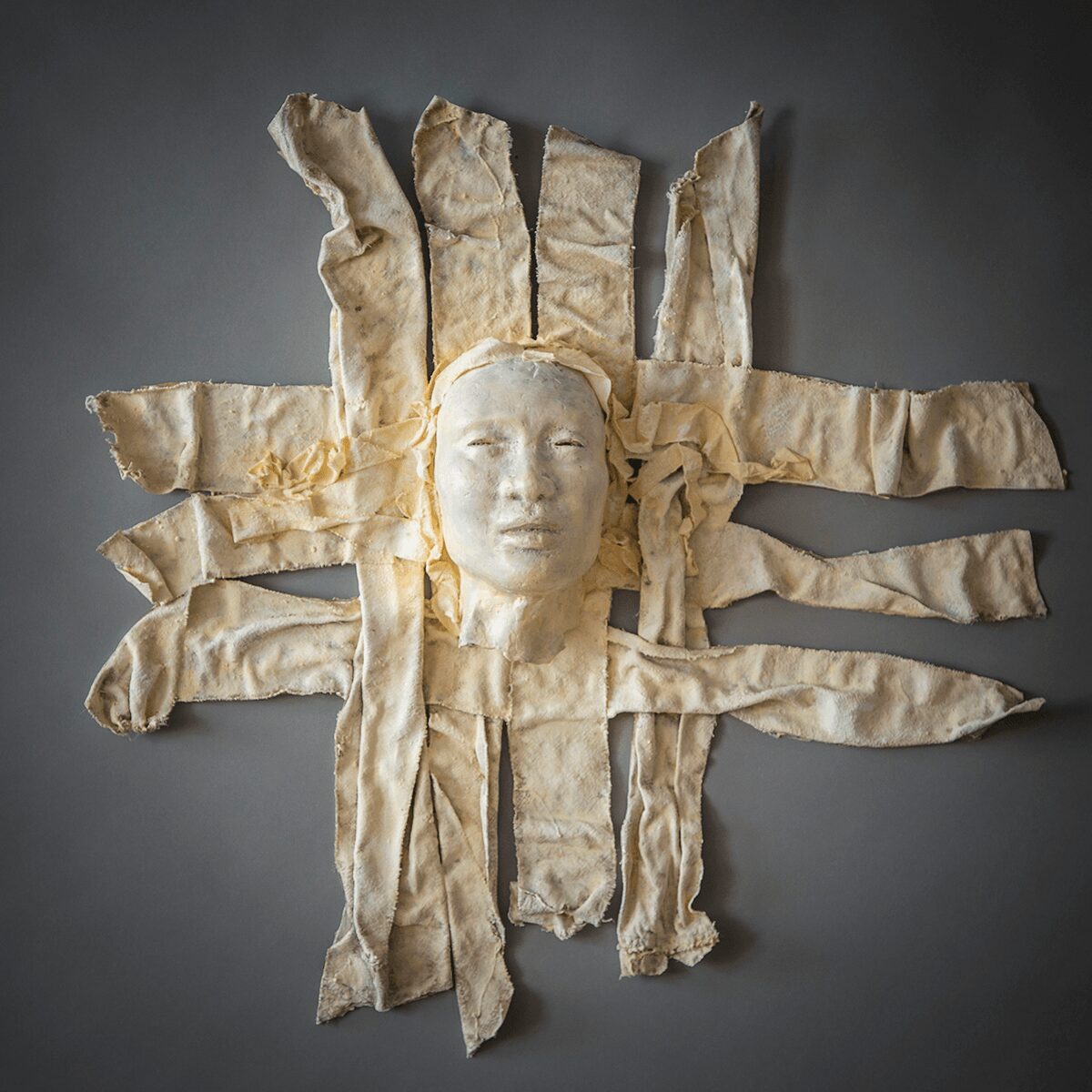
Image Credits
Photos by Melissa Blackall and Scott Erb.


